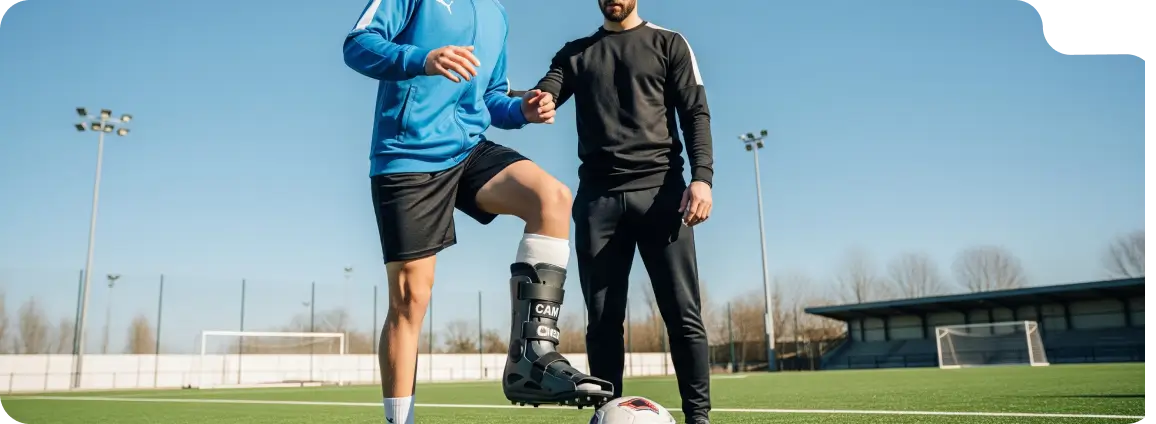What are ankle ligament sprains?

One of the most common types of ankle sprains is an inversion injury, which occurs when there is a strain or tear in the three main ligaments located on the outer (or lateral) side of the ankle. These ligaments are:
- Anterior Talofibular Ligament (ATFL)
- Calcaneofibular Ligament (CFL)
- Posterior Talofibular Ligament (PTFL)
In an inversion injury, the foot inadvertently rolls inward, and the ankle moves out over the foot, causing the muscle in the ankle to be sprained or torn. The ATFL is the most commonly injured of the three ankle ligaments, followed by the CFL and PTFL.



